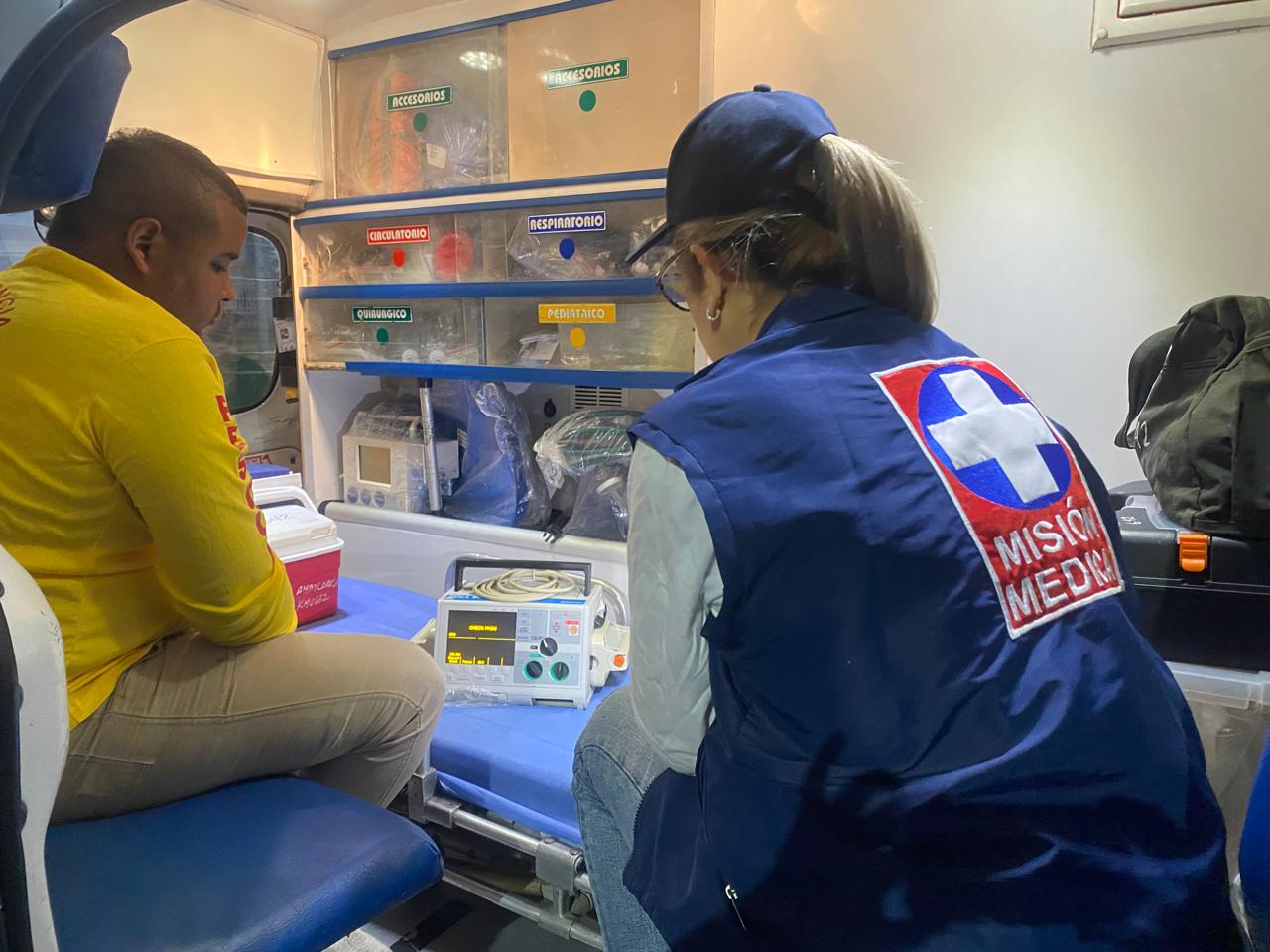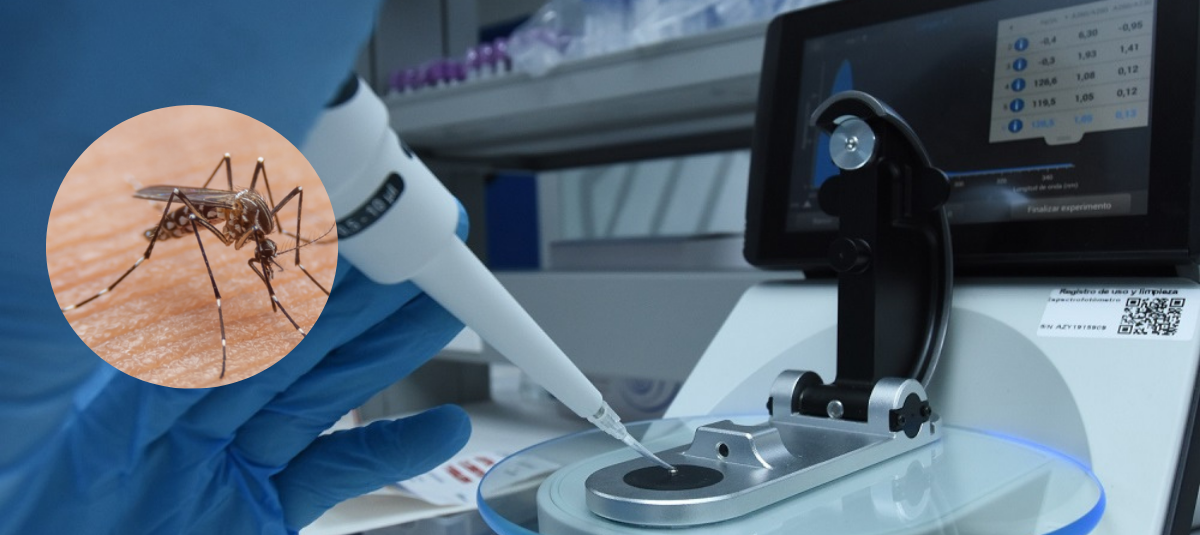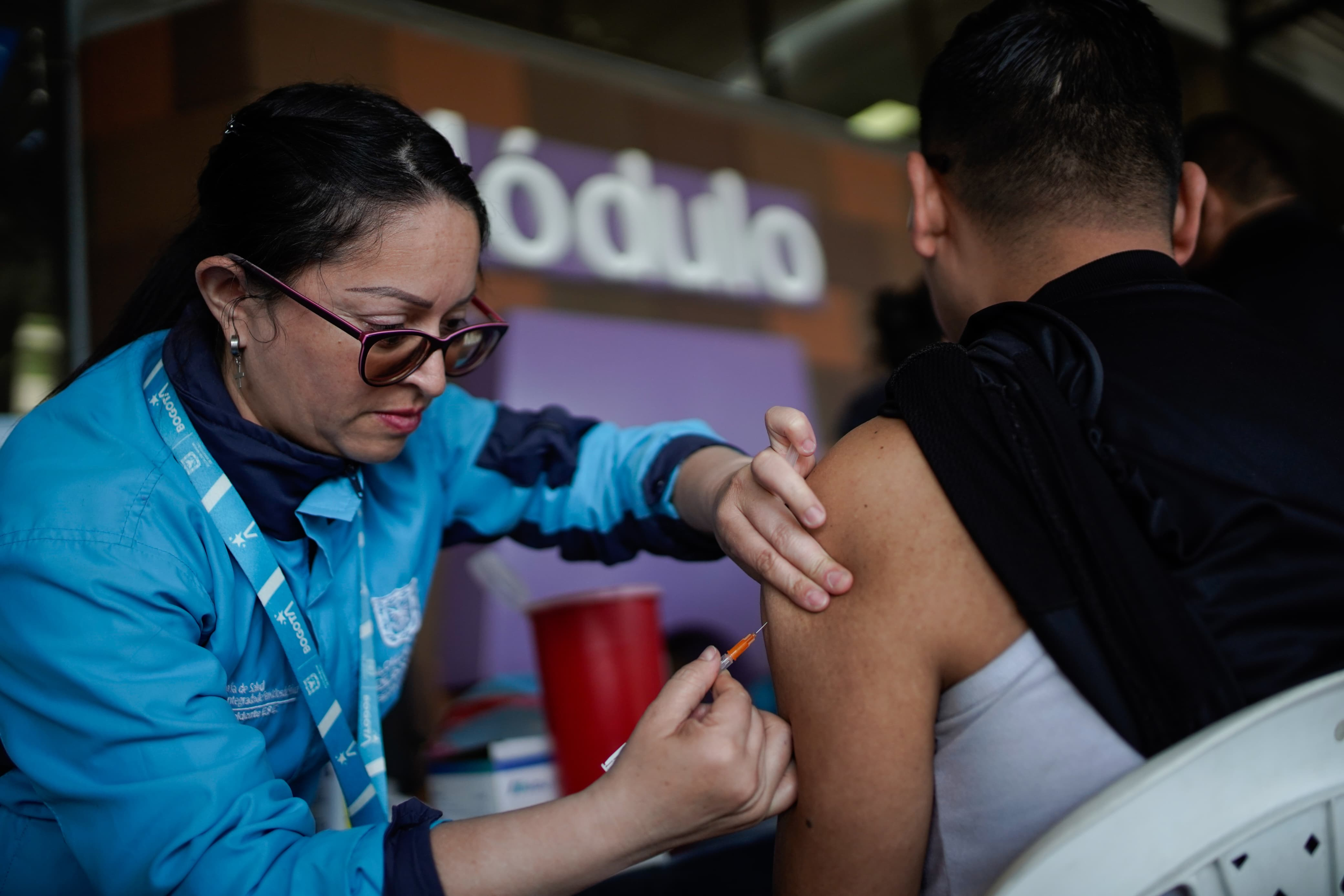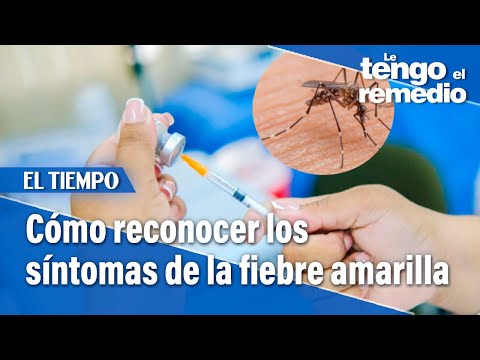Yellow fever: Could it spread to urban areas in Latin America? Experts explain the situation

A recent article published in the British medical journal The Lancet warns of the resurgence of yellow fever in regions of the country where it has not circulated for decades, such as Tolima and Cundinamarca, and points to the risk of spread to urban areas and other Latin American countries.
The text, written by doctors Carlos Arturo Álvarez Moreno, from the National University of Colombia, and Alfonso Rodríguez, from the Scientific University of the South (Peru), highlights that between 2024 and so far in 2025, more than 110 cases have been confirmed in Colombia, some in areas not traditionally associated with the disease, such as the upper Magdalena River valley.

Officials from the Public Health Office in Barranquilla inspect vaccinations. Photo: Barranquilla City Hall.
Experts explain that this resurgence is due to multiple factors, including low vaccination coverage, deforestation, climate change, and the growth of illegal activities that alter ecosystems. They also mention the adaptation of vector mosquitoes to new geographical conditions, including altitudes of up to 2,200 meters above sea level.
Transmission remains predominantly rural, with the participation of vectors such as Haemagogus and Sabethes, although there is concern about the possibility of urban spread through the Aedes aegypti mosquito, which also transmits dengue, chikungunya, and Zika.

You should get vaccinated if you plan to travel to areas with vectors at least 10 days in advance. Photo: ET-Unisimon Archive
According to the National Institute of Health (INS), between January 1 and June 18, 2025, 87 confirmed cases were recorded, mostly in rural areas of Tolima, with significant mortality. It is estimated that up to 10% of severe cases can be fatal, although mild symptoms may go unnoticed or be confused with other viral infections.
"This disease, considered endemic to jungle or forested areas, is moving to regions where it didn't previously circulate, raising alarms about a possible urban outbreak," explained Dr. Álvarez.
And while it's wrong to say that the disease vectors are in cities, it's a scenario that can't be ruled out in the future unless there's mass vaccination.

Yellow fever vaccination. Photo: Sergio Acero/EL TIEMPO
According to the Pan American Health Organization (PAHO), yellow fever remains active in 13 countries in Central and South America. In 2024, 61 cases and 30 deaths were recorded in the region, figures that increased in 2025 with 295 cases and 125 deaths through May.
"If this mosquito begins to actively transmit the disease in cities, we could face scenarios similar to those of the last century," warned the infectious disease specialist from the National University.
Between the 17th and 19th centuries, yellow fever caused major epidemics that disrupted economic development, prompted migration, and decimated populations in both America and Europe.
Prevention is essential Among the recommendations, it is suggested that people traveling to rural or endemic areas get vaccinated at least 10 days in advance. The yellow fever vaccine is safe and effective.
The name yellow fever comes from the yellowish hue that some patients' skin can acquire due to jaundice, one of the most common symptoms in severe cases. This coloration occurs when the virus affects the liver and impairs its ability to process and eliminate bilirubin.

Yellow fever alert. Photo:
Regarding the side effects of the vaccine, especially in people over 60, Dr. Álvarez clarifies: “Although there is a slightly higher risk of adverse effects in this population (12 cases per million compared to 4 per million in younger people), the risk is still low compared to the risk of dying from the disease. That's why older people living in endemic areas should be vaccinated.”
The effects of the disease After the bite of the transmitting mosquito, there is an incubation period of 3 to 6 days. Yellow fever can then develop in three clinical phases:
Initial phase (3 to 4 days): high fever (up to 40°C), severe headache, loss of appetite, nausea, vomiting, muscle and lower back pain. In some cases, the condition may be asymptomatic. A characteristic sign is bradycardia (a condition in which the heart beats more slowly than normal) accompanied by fever.
If any of these symptoms appear, it is necessary to see a doctor to assess the person's health. It's important to note that this disease is not transmitted from person to person, but only through the bite of an infected mosquito.
Improvement or remission phase: Symptoms temporarily disappear for 24 to 48 hours, leading to a feeling of apparent recovery. Many people recover during this stage.
Toxic phase (15% of cases): Fever reappears, along with jaundice, dark urine, abdominal pain, persistent vomiting, and bleeding in mucous membranes (nose, mouth, eyes, gastrointestinal tract).
Complications such as liver failure, kidney damage, cardiovascular instability, seizures, and coma may also occur at this stage.
eltiempo





